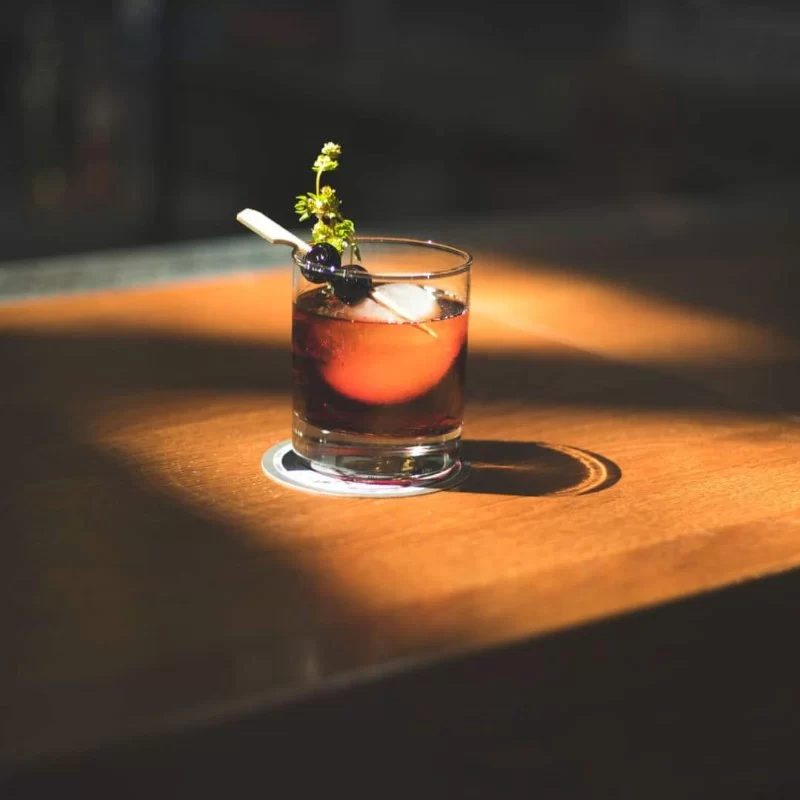
- elevating-modern-dining-through-craft-cocktails - Elevating Modern Dining Through Craft Cocktails
- the-evolution-from-bar-drink-to-culinary-art - The Evolution from Bar Drink to Culinary Art
- cocktail-pairings-and-sensory-harmony - Cocktail Pairings and Sensory Harmony
- personalization-and-storytelling-in-mixology - Personalization and Storytelling in Mixology
- why-restaurants-now-invest-in-cocktail-experience - Why Restaurants Now Invest in Cocktail Experience
1. Elevating Modern Dining Through Craft Cocktails
The rise of craft cocktails in modern dining isn’t just about what’s in the glass—it’s about how that glass fits into the entire culinary narrative. Today’s diners crave immersive, thoughtful experiences. That’s where the well-balanced Negroni, the locally-inspired Old Fashioned, or a smoky mezcal spritz steps in—not just as a drink, but as part of the main event.
At establishments like Eleven Madison Park or The Aviary, cocktails are treated as edible art. A drink is no longer an accessory; it’s a protagonist in the meal’s unfolding story. You don't just sip it—you remember it.
2. The Evolution from Bar Drink to Culinary Art
2.1 From Vodka Sodas to Foraged Bitters
Gone are the days of default drinks. Today’s bespoke drinks include ingredients like sea buckthorn, Japanese yuzu, and even mushroom infusions. Bartenders have become artists and chemists, collaborating with chefs to craft seasonal concoctions that harmonize with food.
2.2 Influence from Global Culinary Trends
The evolution of mixology in restaurants mirrors the rise of tasting menus and hyperlocal cuisine. Just as chefs forage and ferment, so do bartenders. Think kombucha-based cocktails paired with charred eggplant tartare. Or a coconut-washed rum mix served alongside lemongrass-glazed scallops.
3. Cocktail Pairings and Sensory Harmony
3.1 Complementing the Plate
Why should wine have all the fun? Pairing craft cocktails with food allows for bold flavor plays—citrus to cut through fat, smoke to enhance char, herbs to lift freshness. A floral gin blend can elevate a light ceviche. A rye-based cocktail with burnt cinnamon might stand up to braised short ribs better than a cabernet.
3.2 Textural and Temperature Contrasts
Cocktail programs also explore texture—shaved ice, foams, clarified juices—and temperature. A warm spiced cider cocktail with a chilled raw oyster? Surprisingly perfect. These contrast-based pairings add intrigue and multi-sensory satisfaction to the modern dining experience.
4. Personalization and Storytelling in Mixology
One of the key roles of craft cocktails today is personal connection. A good bartender doesn’t just mix—they listen. They ask about your mood, preferences, and even memories. Then they create something uniquely yours.
This approach brings emotion into the drink, telling stories through ingredients. One bar in Portland uses ingredients foraged by the staff on weekends. Another in London names every drink after a local legend. These details form a narrative that’s hard to forget—and even harder to replicate.
5. Why Restaurants Now Invest in Cocktail Experience
It’s no longer optional. Any venue aiming to be “fine dining” must consider cocktails an essential pillar. That’s why many top restaurants now have full-time beverage directors and in-house apothecaries. They know that for many guests, the first impression is a house cocktail—and the lasting one may be the final nightcap.
Craft cocktails drive buzz, loyalty, and even revenue. According to the National Restaurant Association, restaurants with dynamic cocktail programs see 15–25% higher average spend per guest. It's a sensory investment that pays.
At Senix Table, we believe the craft cocktail is the future of elegant dining. We offer curated cocktail tools, artisanal mixers, and expert guides to help you elevate your own dining table—whether at home or in a professional space. When taste meets craft, every sip counts.

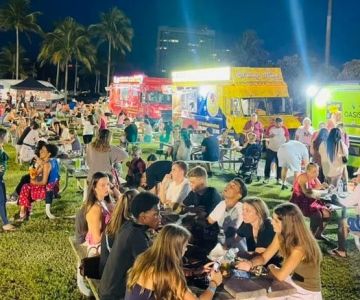


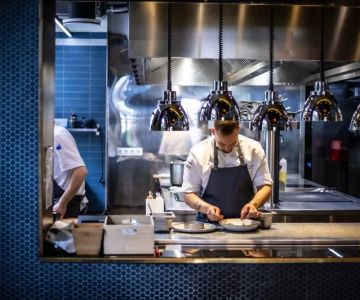
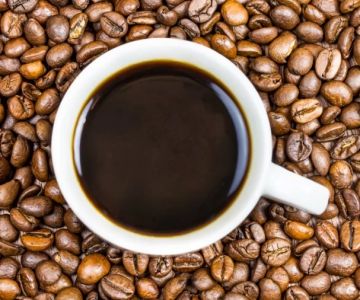
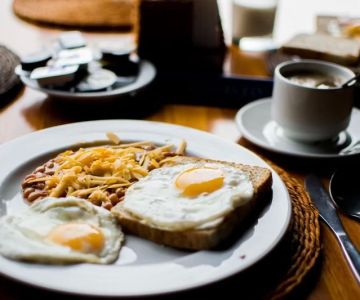
 5411 Empanadas4.0 (149 reviews)
5411 Empanadas4.0 (149 reviews) ZENSHI Handcrafted Sushi0.0 (0 reviews)
ZENSHI Handcrafted Sushi0.0 (0 reviews) Cucharita4.0 (589 reviews)
Cucharita4.0 (589 reviews) Kona Cafe 8014.0 (46 reviews)
Kona Cafe 8014.0 (46 reviews)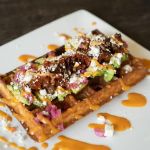 Coco Crepes & Coffee4.0 (1571 reviews)
Coco Crepes & Coffee4.0 (1571 reviews)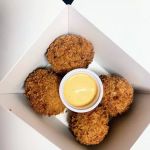 Texasiana (Food Truck)3.0 (6 reviews)
Texasiana (Food Truck)3.0 (6 reviews)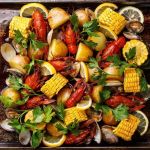 Best Places for Seafood Boils and Clambakes Across the U.S.
Best Places for Seafood Boils and Clambakes Across the U.S. Discover Delicious Vegan Desserts at Local Bakeries Near You
Discover Delicious Vegan Desserts at Local Bakeries Near You Best Smoothie and Juice Bars for a Quick Healthy Bite
Best Smoothie and Juice Bars for a Quick Healthy Bite Best Late-Night Eats in Major U.S. Cities: Where to Satisfy Your Midnight Cravings
Best Late-Night Eats in Major U.S. Cities: Where to Satisfy Your Midnight Cravings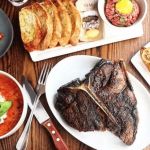 The Ultimate Guide to New Year’s Eve Dining in Major Cities
The Ultimate Guide to New Year’s Eve Dining in Major Cities The Future of Sustainable Restaurants in America: Trends and Innovations
The Future of Sustainable Restaurants in America: Trends and Innovations